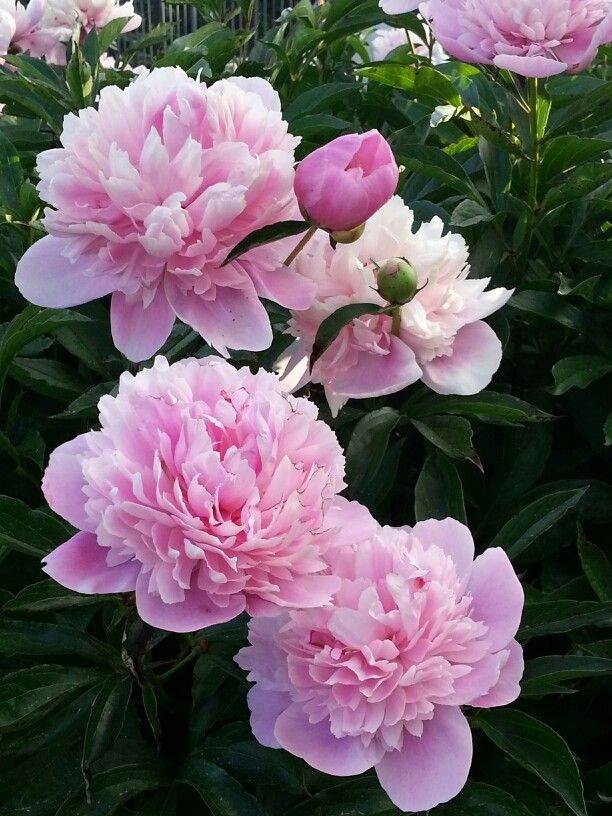Cultivating a Productive and Edible Garden
Creating a productive and edible garden is a rewarding endeavor that allows you to grow your own fresh, nutritious food while enjoying the beauty of nature. Whether you have a small backyard, a sunny balcony, or a spacious plot of land, you can design and establish a garden that provides an abundance of fruits, vegetables, herbs, and edible flowers. Follow these steps to cultivate a productive and edible garden and enjoy a bountiful harvest throughout the growing season:










1. Plan Your Garden Layout
- Assess Your Space: Evaluate your available space, sunlight exposure, soil quality, and microclimate conditions to determine the best location for your garden. Consider factors like access to water, wind protection, and proximity to your home.
- Design Your Garden Beds: Sketch out a garden layout that maximizes space and promotes efficient use of resources. Plan for raised beds, container gardens, or traditional rows based on your preferences and available space.
2. Select Suitable Plants
- Choose Edible Crops: Select a variety of fruits, vegetables, herbs, and edible flowers that thrive in your climate and growing conditions. Consider factors like your family’s preferences, growing season length, and available space when choosing plants.
- Opt for Productive Varieties: Choose productive and high-yielding varieties of crops that are well-suited to your region. Look for disease-resistant varieties, heirloom cultivars, and hybrid plants that offer excellent flavor and performance.
3. Prepare the Soil
- Test and Amend Soil: Conduct a soil test to assess pH levels, nutrient deficiencies, and soil structure. Amend the soil as needed with organic matter such as compost, aged manure, or organic fertilizers to improve fertility and texture.
- Mulch and Protect: Apply a layer of organic mulch, such as straw, shredded leaves, or wood chips, to the soil surface to conserve moisture, suppress weeds, and regulate soil temperature. Mulching also helps improve soil structure and fertility over time.
4. Plant with Care
- Follow Planting Guidelines: Plant seeds or seedlings according to spacing recommendations, depth guidelines, and planting schedules for each crop. Group plants with similar water and sunlight requirements together to optimize growing conditions.
- Provide Support Structures: Install trellises, stakes, or cages to support vining crops like tomatoes, cucumbers, and beans. Training plants to grow vertically maximizes space and increases air circulation, reducing the risk of disease.
5. Water and Maintain
- Establish a Watering Routine: Water your garden regularly to keep the soil consistently moist but not waterlogged. Use drip irrigation, soaker hoses, or watering cans to deliver water directly to the root zone and minimize evaporation.
- Monitor for Pests and Diseases: Inspect your plants regularly for signs of pests, diseases, or nutrient deficiencies. Practice integrated pest management (IPM) techniques, such as handpicking pests, using natural predators, and rotating crops, to minimize damage.
6. Harvest and Enjoy
- Harvest Regularly: Harvest fruits, vegetables, and herbs when they reach peak ripeness for the best flavor and nutritional quality. Harvesting regularly encourages continued production and prevents plants from becoming overcrowded.
- Preserve and Store: Preserve excess harvests through methods like canning, freezing, drying, or fermenting to enjoy homegrown produce year-round. Store harvested crops in a cool, dark place or in the refrigerator to maintain freshness and flavor.
Conclusion
Establishing a productive and edible garden requires careful planning, thoughtful selection of plants, proper soil preparation, and ongoing maintenance. By following these steps and incorporating sustainable gardening practices, you can create a garden that provides an abundance of fresh, nutritious food for you and your family to enjoy. Embrace the joys of gardening, savor the satisfaction of growing your own food, and reap the rewards of a bountiful harvest throughout the seasons.
FAQs (Frequently Asked Questions)
- How much space do I need to create a productive garden?
- The amount of space needed for a productive garden depends on factors like the types of crops you want to grow, your gardening goals, and available resources. Even small spaces like balconies, patios, or windowsills can be used to grow herbs, salad greens, and compact vegetables in containers or vertical gardens.
- What are some easy-to-grow vegetables for beginners?
- Beginners may find success with easy-to-grow vegetables like tomatoes, peppers, lettuce, spinach, radishes, zucchini, and herbs like basil, parsley, and chives. These crops are relatively low-maintenance and can thrive in a variety of growing conditions.